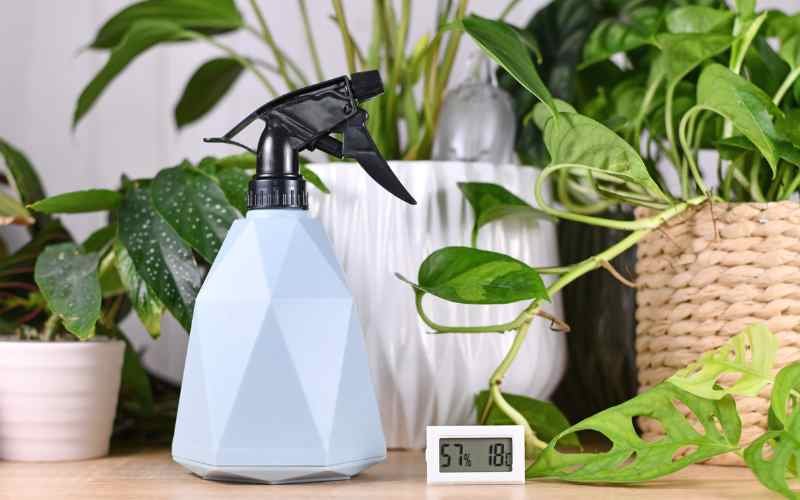In order to understand the ideal indoor humidity level, it’s important to look at the difference between absolute and relative humidity. The ideal range for humidity levels in your home is about 40%-60%. Although there are some benefits to being humid, there are also some harmful effects. When the humidity levels in your home exceed or fall below the ideal range, you can be at risk for health problems. A detailed description of this topic can be found on the website of IAQ Works.
Relative humidity vs absolute humidity
There are several factors that affect the relative humidity in your indoor environment. These include the temperature of the air and how much water vapor is present in the air. The ideal range for the humidity in your home is dependent on climate and your personal preferences. You may wish to increase the humidity to prevent condensation on your windows or you might want to reduce the humidity to improve your sleep quality.
It can be confusing to compare the relative humidity vs. the absolute humidity. Here are the key differences.
Absolute humidity is the total amount of water vapor in the air, whereas relative humidity is the ratio of water vapor to the air mass in a given area. This can be measured in grams of moisture per cubic meter of air.
High relative humidity can cause condensation and warping of wooden objects. This is not a good situation to be in, as this can lead to mold growth and poor indoor air quality.
One way to measure the relative humidity in your home is with a dehumidifier. Another way is to use an outdoor humidity sensor. Aside from reducing your energy bill, these devices can help keep your home comfortable.
Health effects of too much or too little humidity
If you have asthma or chronic respiratory conditions, you may notice that humidity in your home makes it harder for you to breathe. It can also increase your risk of contracting an infection. This is because the air contains fungi and bacteria that can lead to a variety of illnesses.
In addition, too much humidity can cause you to sweat. This sweat is your body’s natural cooling mechanism. But, if you are sweating more than your body needs to cool you, you may develop heat exhaustion. Symptoms of this can include muscle aches, cramps, and light-headedness. You should seek medical attention if you experience any of these symptoms.
On the other hand, too little moisture in the air can irritate your throat and sinuses. It can also lead to dry skin and chapped lips.
While it is true that too much or too little humidity can negatively impact your health, the most important thing to know is that there are ways to control it. Keeping the humidity in your home between 30 to 50 percent is a good way to keep your family healthy and comfortable.
A high humidity level can exacerbate your asthma, increase the growth of dust mites, and encourage mold to grow. Mold is a dark green fungus that can penetrate deep into the surfaces of your home.
Optimal humidity levels for your home
If you want to maintain a comfortable, healthy home, you need to be aware of the optimal humidity levels. These ranges are 40-60% relative indoor humidity. You may want to consider purchasing a hygrometer to monitor the moisture levels in your home.
When the air is too dry, you may experience sore throat, itchiness, coughing, and static electricity. This can affect your ability to sleep. Low humidity can also exacerbate allergies.
In addition to health concerns, too much moisture in the air promotes the growth of mold, fungus, and dust mites. Mold can damage your furniture and fixtures. Besides causing structural problems, it can also attract unwanted insects.
High humidity in the house can cause mold to form, producing an unhealthy odor. It can also cause condensation on your windows. Eventually, it can lead to the destruction of your wood fixtures.
The National Comfort Institute has developed an Indoor Comfort equivalent temperature and humidity table. Although the table is not accurate for every person, it provides an approximate guideline for what the ideal levels are.
While your comfort level can fluctuate depending on the temperature of the outside air, an ideal humidity level for your home is between 40-60 percent. This range is the happy medium between too little and too much moisture.
